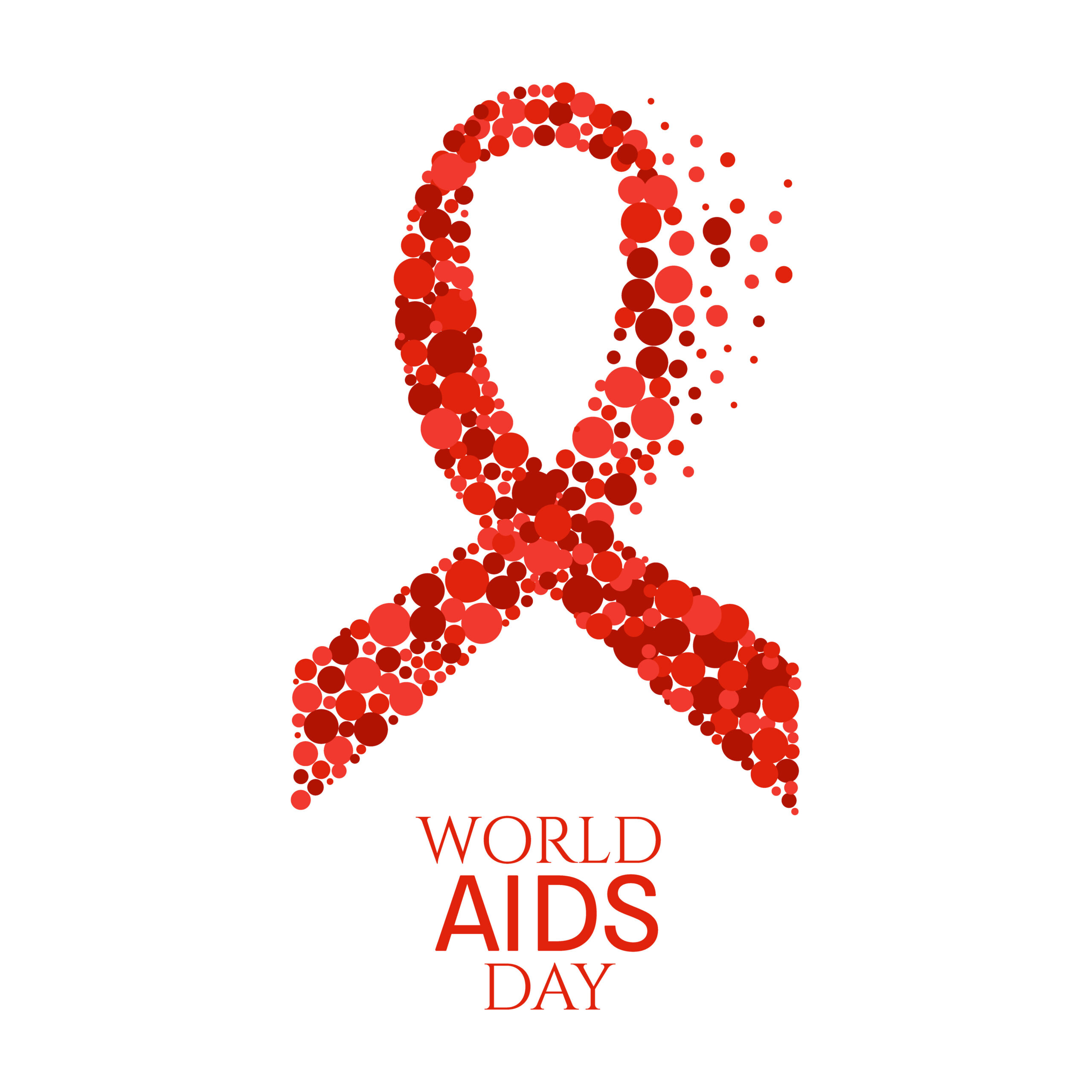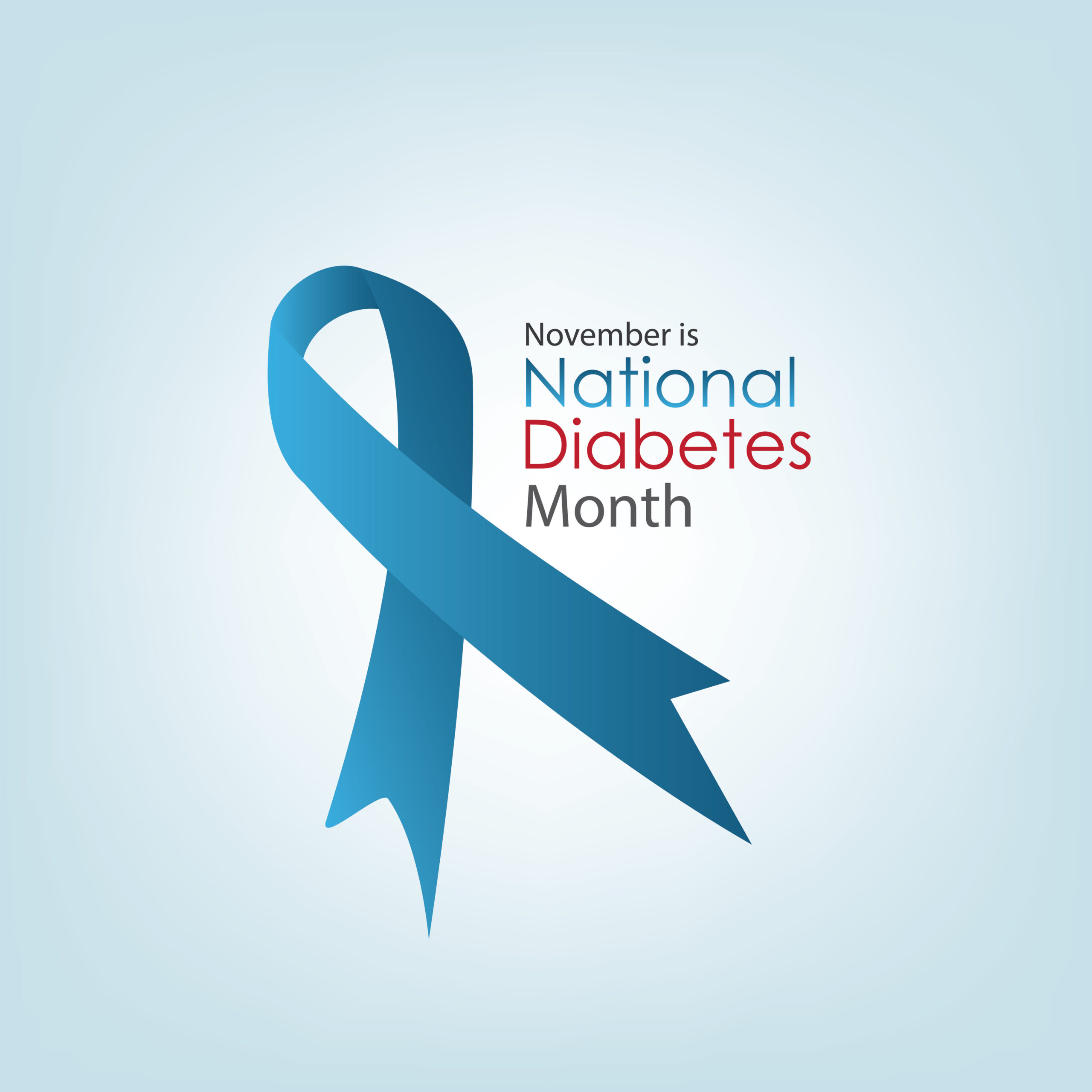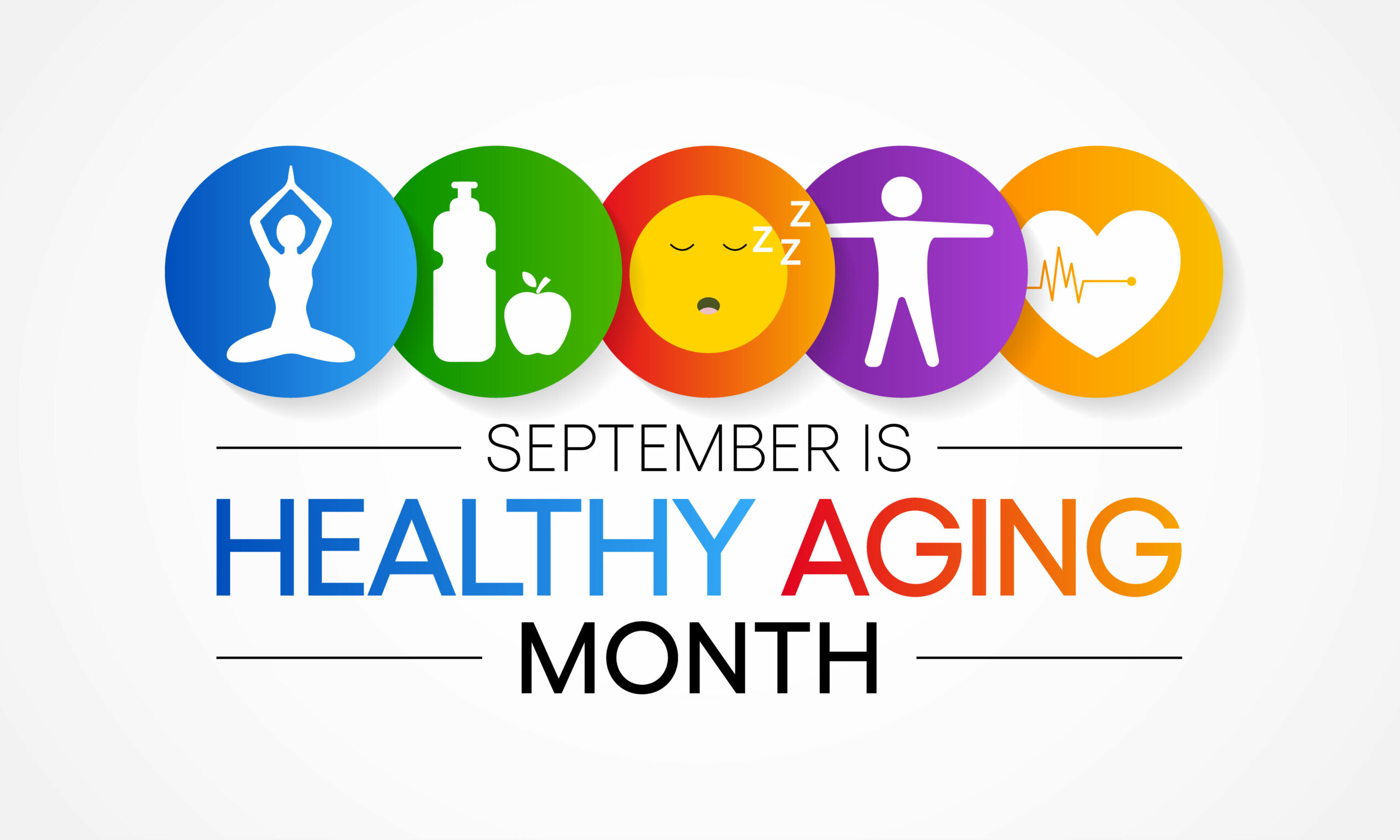
October is a time when, in many areas across the U.S., autumn leaves change to beautiful orange, yellow, red, and pink hues. Outside of nature, we also see that rosy pink prominently shown in logos, professional sports team jerseys, and on commemorative ribbons that symbolize and honor the journeys and bravery of breast cancer patients.
This month not only raises awareness of this diagnosis that has impacted countless patients and their loved ones, but it also aims to promote early detection while recognizing barriers that may impact underrepresented groups.
Breast Cancer Awareness
According to the Centers for Disease Control and Prevention (CDC), breast cancer is one of the most common cancers among American women, second only to skin cancer. Potential symptoms include:
- Breast size or shape change
- Breast pain
- Discharge or blood from the nipple (other than breast milk)
- Lump in the breast or underarm area
Over 264,000 women get diagnosed with breast cancer each year in the U.S. with 42,000 fatal cases. Men can also have breast cancer, though men only represent 1 percent of cases. Although breast cancer can impact all ages, most diagnoses occur in patients over 50 years old.
Mammograms are effective in finding breast cancer early, even before symptoms may begin. Through regular screening, breast cancer can be detected as early as possible, and early detection often translates to better outcomes.
To prevent breast cancer, the CDC recommends maintaining a healthy weight, exercising regularly, limiting alcohol consumption, and checking with your doctor about the risks if you take birth control pills or hormone replacement therapy.
Implications for Diverse Patients
It is important to understand how breast cancer – and its prevention and treatment – can vary based on individuals’ backgrounds.
According to Yedjou et al. in Health and Racial Disparity in Breast Cancer, the mortality rate from breast cancer has recently decreased due to heightened emphasis on early detection and more effective treatments among White patients. “While the mortality rates have declined in some ethnic populations, the overall cancer incidence among African American and Hispanic population has continued to grow,” shared Yedjou et al.
Health and Racial Disparity in Breast Cancer presents an in-depth overview of other racial and ethnic disparities and major risk factors among minority populations. Yedjou et al. expresses that new, intentional approaches are needed to promote cancer prevention and ultimately improve health outcomes of racial and ethnic minorities. It is also important that medical professionals from minority population groups are involved in research decision-making. “…so that racial disparity in breast cancer can be well-studied, fully addressed, and ultimately eliminated in breast cancer.”
Equality Healthcare Consulting Group
Our identity at Dina Proto International is evolving into Equality Healthcare Consulting Group, expanding our services to help foster inclusive equality health for ALL those facing disparities.
Equality Healthcare Consulting Group can assess and provide consulting services and training to teams and individuals alike. On the education and support front, we strive to guide practices in providing a safe inclusive space for all individuals faced with breast/chest health concerns.
We are committed to learning and growing with our patients, and guiding our partner organizations to do the same. After all, diversity comes in many forms, and patients are beautifully unique like the leaves we see in autumn’s trees.
Sources
Centers for Disease Control and Prevention. (2022, Sept. 26). Breast Cancer Awareness. Retrieved from https://www.cdc.gov/cancer/dcpc/resources/features/breastcancerawareness/index.htm
Yedjou, C. G., Sims, J. N., Miele, L., Noubissi, F., Lowe, L., Fonseca, D. D., Alo, R. A., Payton, M., & Tchounwou, P. B. (2019). Health and Racial Disparity in Breast Cancer. Advances in experimental medicine and biology, 1152, 31–49. https://doi.org/10.1007/978-3-030-20301-6_3



